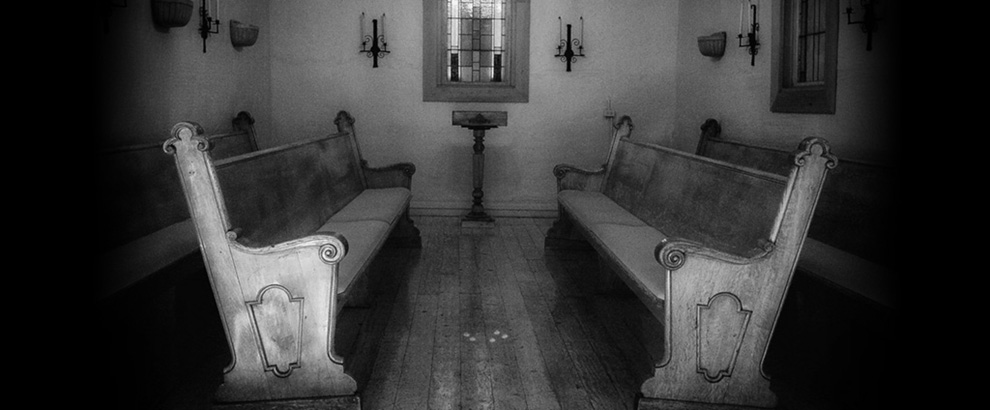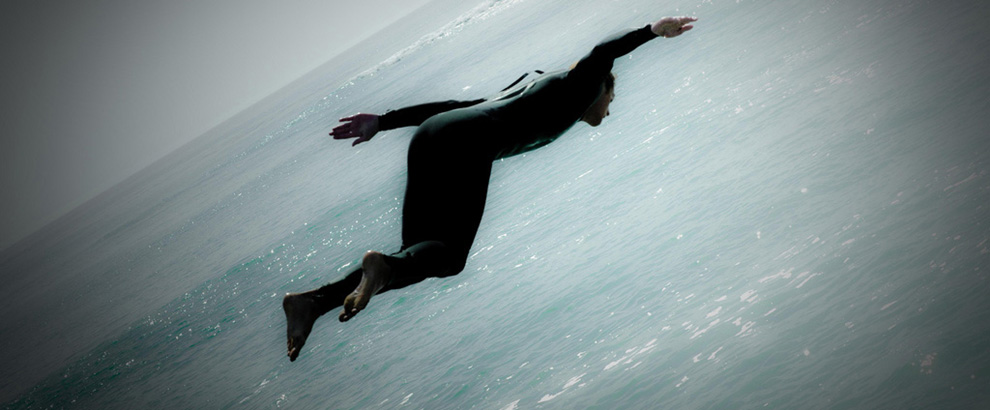
“Everything that is, is holy,” wrote the renowned monk-in-the-world, Thomas Merton, everyone’s favorite chatty Trappist. (Fortunately, after he took the order’s traditional vow of silence, no one could shut the man up over the 80 or so books and thousands of letters and journal jottings that subsequently came out under his name.)
I was put in mind of that phrase on a hike through the park midway through this fine Friday afternoon, the kind of luxury I have mostly denied myself over these working years, a denial that Merton very likely would have chastised me for.
Out in ridiculously unseasonal 70-degree weather under soft breezes and shifting, wispy clouds, it is easy to think that humankind was made to be outdoors, breathing deeply and letting thoughts emerge and waft along as they will.
Sure, we need shelter from the elements when the night turns cold or the days nasty, but at base, it is a rare person who is not perfectly, almost preternaturally content ambling along a dirt path under the trees, far from the press and mind-clutter that so frequently attend our work and daily lives.
Out here, beholding the stark peaceful beauty of trees and rocks in all their glory and decay, we feel a certain rightness, an “Ah yes, but of course, this, this is what it’s about! Why do I keep forgetting that?” So we yearn again for more time, more connection with nature, more conviviality with loved ones, more more more of the deep body-and-soul satisfactions that transcend so much else that divides us from each other and our own deep selves.
“It is not true that the saints and the great contemplatives never loved created things, or had no understanding or appreciation of the world, with its sights and sounds and the people living in it. They loved everything and everyone.”
That’s Merton, in New Seeds of Contemplation, reflecting a world-embrace quite in keeping with the kind of poet’s eye and radical sociability he brought to bear on his own life.
“Loving everything and everyone” has to be somewhat qualified, of course. Who in their right mind or with an ounce of conscience can possibly love violence and starvation? But to feel love and compassion and a kind of tenderness for the all-too-human plight of those caught in such snares is to take the broader view of the saints and their bowing down to all that is, all the reality that presents itself to us, without dismissing the reality of suffering and resorting to the implied relativity of Shakespeare’s famous pronouncement via Hamlet, “There is nothing either good or bad, but thinking makes it so.”
Out on a park trail or along a shore or even wandering amidst an unfamiliar urban landscape of startling vertical concrete, our minds enter freespin, we feel spaciousness forming between muscles and vertebrae, matter and mind, and we get to thinking it really could be different, it certainly feels different right now. And that maybe we won’t go back this time, or we’ll at least go back in a different way, as the person we really are, the person out on this trail where so much makes such complete quiet sense. We’ll free ourselves, if not right away, then soon, from that same ol’ same ol’ (job, addiction, hurt, anger, relationship, self-doubt, way of looking at things…).
And the question hangs there, listening for an answer among the whispers of the trees: “Am I just high, or is this the real deal?”
With eyes freshly open and a heart requiring just steps into the park to feel your reset button engaged, you look more closely, breathe more deeply, feel more piercingly the super-reality that hums along barely at the edge of consciousness. You see a subtly curving trail, a caterpillar, a shaft of light, a downed tree, a play of shadow, an abandoned baby carriage, careening youth cyclists, struggling fish at the end of a hook, and you know the truth about things, their inherent beauty and integrity, their sadness and grace, the eternity they carry within them for their short duration on this earth.
And you are glad.
***
Allen Ginsberg’s poem “Footnote to Howl,” complete with a few holy obscenities, is rendered worshipfully here:
Rotating banner photos at top of page courtesy of Elizabeth Haslam, some rights reserved under Creative Commons licensing, see more at: https://www.flickr.com/photos/lizhaslam/
Park photos by Andrew Hidas, some rights reserved under Creative Commons licensing.
Follow (and “Like”) brief snippets and usually quite lovely photography connected to this blog at: https://www.facebook.com/TraversingBlog

















Nice, lyrical post. Indeed, from my many visits to Santa Rosa & Sonoma County, the places I remember most fondly are Armstrong Woods and the mouth of the Russian River. I’ve never been back to Armstrong Woods, but I’ve revisited the Russian River many times.
I suspect that sense of well being comes from simply being present in the moment, shutting off all that chatter in your brain and simply seeing what’s there. That’s the way I usually feel when I walk the circuit around Lake Ralphine and Spring Lake, though I couldn’t turn off my head the last time I walked there, and, as a result, didn’t enjoy it nearly as much as usual.
“New Seeds” was a very important book for me! Love Merton and how he helped change the way I see. Speaking of seeing – did you change font color? Size? A very legible (and enlightening) post from you for me on Google Chrome at desktop!
On a recent 2 hour solo snowshoe outing in the West Elks in Gunnison County, Colorado I saw and heard not a single person as I navigated the trails in 15 degree weather. At one point amid the quiet, the grandeur, and the cold, I thought; “Am I nuts to be out here?” Once I returned to town and my home neighborhood, however, I realized how much the outing had nourished me and that the openness and grandeur of the West Elks, the aloneness, and the quiet had made me feel expansive and peaceful in mind and body. The outing was not crazy- it was likely the most sane thing I could have done for personal and spiritual restoration.
Don, should have done it a long time ago but finally heard from enough people that the page was difficult to read, so I had the type darkened to improve the contrast with the background. Thanks for hanging in there!
And Jim, Loren & Jay, yes, the need to get ourselves away from the tumult, whether Armstrong Woods, snowshoeing the Rockies or traversing Lake Ralphine trails, is about as basic as it gets. I went looking for Loren Eiseley recently on my shelves—it had probably been 25 years, but there he still was, waiting for my return, thank God for home libraries!—and then looked into his background on Wikipedia. Found this nugget about him from the writer Michael Lind that is rather germane to your comments, I’d say:
“Before the rise of a self-conscious intelligentsia, most educated people—as well as the unlettered majority—spent most of their time in the countryside or, if they lived in cities, were a few blocks away from farmland or wilderness… At the risk of sounding countercultural, I suspect that thinkers who live in sealed, air-conditioned boxes and work by artificial light (I am one) are as unnatural as apes in cages at zoos. Naturalists like Eiseley in that sense are the most normal human beings to be found among intellectuals, because they spend a lot of time outdoors and know the names of the plants and animals they see.”
After posting Tuesday morning, I had occasion to read a column by David Brooks titled “Alone, yet not alone” in the NYT. it is a piece about faith. Brooks writes; “It’s not surprising. There is a yawning gap between the way many believers experience faith and the way that faith is presented to the world.” He goes on: “Rabbi Abraham Joshua Heschel described one experience of faith in his book “God in Search of Man”: Our goal should be to live life in radical amazement . . . get up in the morning and look at the world in a way that takes nothing for granted. Everything is phenomenal . . . To be spiritual is to be amazed. You and Brooks been talking, Andrew?
Sounds like Brooks may finally have discovered Mary Oliver!
Anyone else ever notice that walking through a Gothic Cathedral is similar to walking through a redwood forest? Instead of light filtering through the leaves, it filters through the stained glass windows. And instead of being surrounded by huge tree trunks, you are surrounded by the huge stone columns that hold up the roof. In either case, the eyes are drawn upward now and then and there is a sense that “this is a spiritual place”. An artist friend of mine in Paris told me once that the designers of Gothic Cathedrals were deliberately trying to bring the “spiritual effect of the forest” into the center of the city. I’m not sure if that is a modern theory or a documented fact, but it sounds good to me.